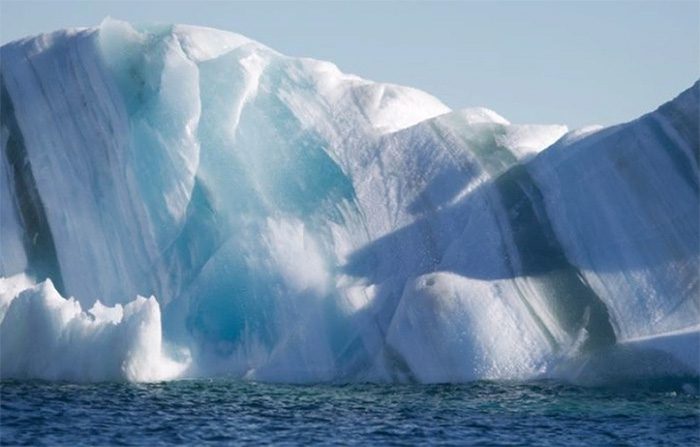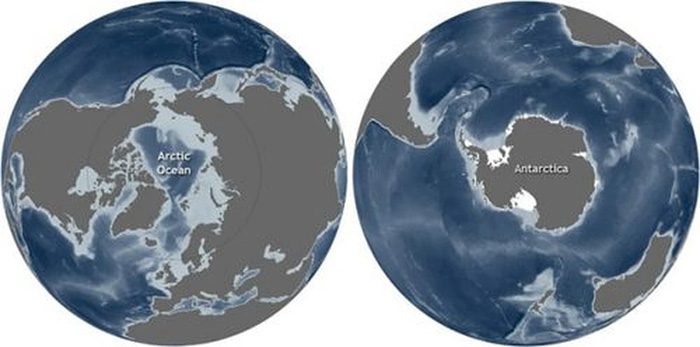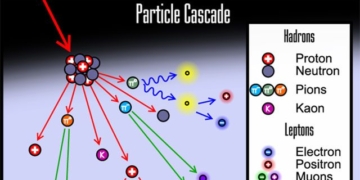The coldest temperature ever recorded on Earth was in Antarctica, at -93.3°C. Meanwhile, the coldest record in the Arctic is -69.6°C.
The Arctic and Antarctica are two of the coldest regions on Earth. The reason is well-known; it is due to their positions at the top and bottom of the planet respectively. This results in both areas receiving minimal direct sunlight from the Sun.

An iceberg in Antarctica. (Photo: Getty).
However, Antarctica is significantly colder than the Arctic. Specifically, the average annual temperature in the Arctic is -40°C in winter and 0°C in summer. In contrast, the average temperature in Antarctica is around -60°C in winter and -28.2°C in summer.
According to the Woods Hole Oceanographic Institution, the main reason Antarctica is colder than the Arctic is that Antarctica is surrounded by ocean, while the Arctic is essentially an ocean surrounded by land.
Specifically, the Arctic region is part of the Arctic Ocean, covering the northernmost part of the globe from Canada to Russia and Northern Europe. The Arctic Ocean is bordered by various territories including Norway, Russia, the United States (Alaska), Canada, Denmark (Greenland), and Iceland.
In contrast, Antarctica is a continent entirely surrounded by the Southern Ocean. This region is quite isolated from the rest of the planet, with the nearest continent – South America – being about 1,000 km away.

The geographical locations of the Arctic (left) and Antarctica (right) are the main reasons for the temperature differences. (Photo: NOAA).
The temperature difference between the two polar regions arises from the principle that water warms up and cools down more slowly than land. Even when covered by ice, the relatively warmer temperatures of the Arctic Ocean help regulate the climate, keeping the Arctic slightly warmer than Antarctica.
Additionally, Antarctica has a much higher average elevation compared to the Arctic. This causes the ice masses in Antarctica to be larger and thicker than their “brother” on the other side of the globe.
It is estimated that about 90% of the Earth’s ice is located in Antarctica. Antarctica itself is covered by a massive ice sheet, which is nearly twice the size of Australia.
Meanwhile, the Arctic, despite containing the world’s second-largest ice mass, Greenland, has an ice sheet that is only one-eighth the size of that in Antarctica.
The coldest temperature ever recorded on Earth was in Antarctica, at -93.3°C. Scientists recorded this record on the East Antarctic Ice Sheet in 2013 after analyzing satellite data over 32 years.
In contrast, the coldest record in the Arctic was recorded on Greenland in December 1991, when temperatures dropped to -69.6°C.





















































